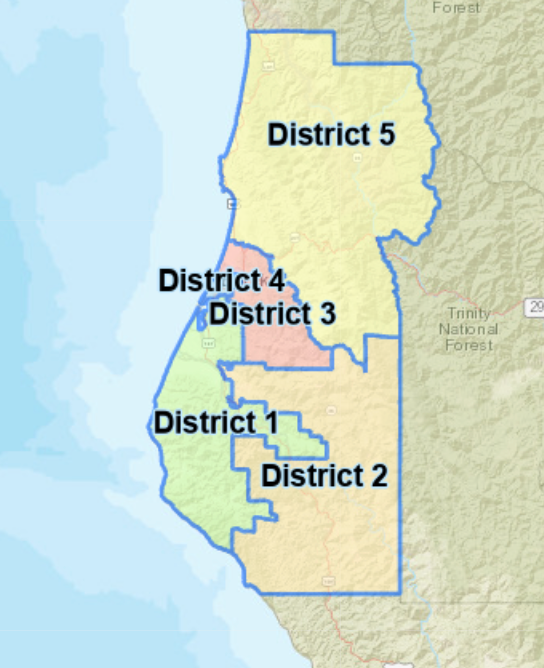Wolves of the Golden State
- May 18, 2017
- 3 min read
For the first time since 1924, wild wolves are roaming California. Below are the wolves who call (or have called) our state home.

OR-7
OR-7, also known as Journey was born into the Imnaha Pack in 2009. He was the first confirmed wolf in the Golden State in nearly 100 years. In 2011 and 2012 he roamed over 4000 miles before eventually finding a mate and establishing a territory in southern Oregon in 2013. He had his first pups in 2014 just across the border in the Rouge-Siskiyou National Forest. His pack remains there and continues to grow, having a successful litter four years in a row.

OR-25
At three years old OR-25, full brother of OR-7, roamed into California after he traveled through Washington’s Columbia Basin, the Mt. Hood National Forest and down the length of the Oregon Cascades before arriving in Klamath County. In January of 2016 he ventured to Modoc County. He has since recently been located back in Oregon in Klamath and Lake Counties.
In November 2016, two wolves were confirmed in Lassen County. The two-year old male is the son of OR-7 and the female is suspected of coming from Idaho. Both wolves are likely young animals with no evidence of reproduction yet. The repeated sightings indicate that these are resident animals, and not simply dispersers passing through the region.

Lassen Wolf
In August 2015, California’s first wolf family, the Shasta Pack, was confirmed east of Mount Shasta consisting of a breeding pair and five pups. The alpha female is the younger sister of the famous OR-7, also from the Imnaha Pack. Interestingly, all the wolves in this pack are black. Because they are not collared, their whereabouts as of spring 2017 have yet to be confirmed.
In March 2016, a lone male known to be offspring of the Shasta Pack, ventured into Nevada just west of the Black Rock Desert 20 miles from the California border, making it the first confirmed sighting of a wolf in the Silver State in nearly 100 years. At least three male wolves fitted with GPS collars have been tracked in southwestern Oregon in 2016, as well as three un-collared wolves documented in the Keno area. Wolves from this area are known to venture into California and will likely be responsible for wolf recovery in this part of their home range.
EPIC Goes to Court to Defend Gray Wolves
Wolves need room to roam and Northern California has the habitat. EPIC has helped the return of the wolves by ensuring protections are in place for their protection. In 2012, EPIC filed a listing petition for the gray wolf with the California Fish and Game Commission. The Commission voted to list the gray wolf in 2014, with final regulations issued in 2017.
EPIC’s work did not sit well with Big Beef. In January, Big Beef filed a lawsuit against the California Fish and Game Commission to get rid of wolf protections. EPIC and friends intervened in the lawsuit to ensure our wolves will get the best legal defense possible.
EPIC was also a stakeholder in the development of the Conservation Plan for Gray Wolves in California, released in December 2016. EPIC continues to work with the California Department of Fish and Wildlife, the US Fish and Wildlife Service, and wolf advocacy groups across the West to make sure our wolves are safe. We look forward to watching our wolf families grow.

Wolf supporters at Fish and Game Commission hearing on June 4, 2014 – the day wolves were listed under the California Endangered Species Act.





Comments